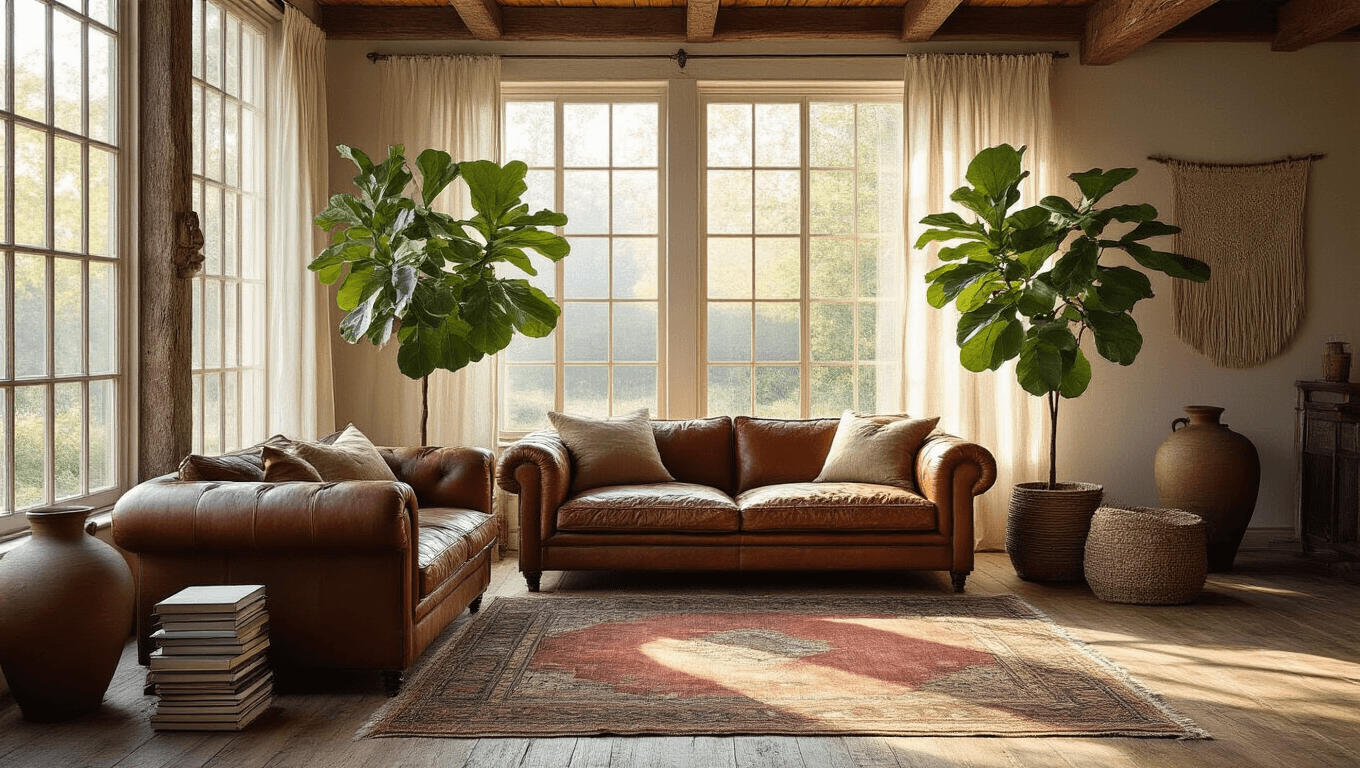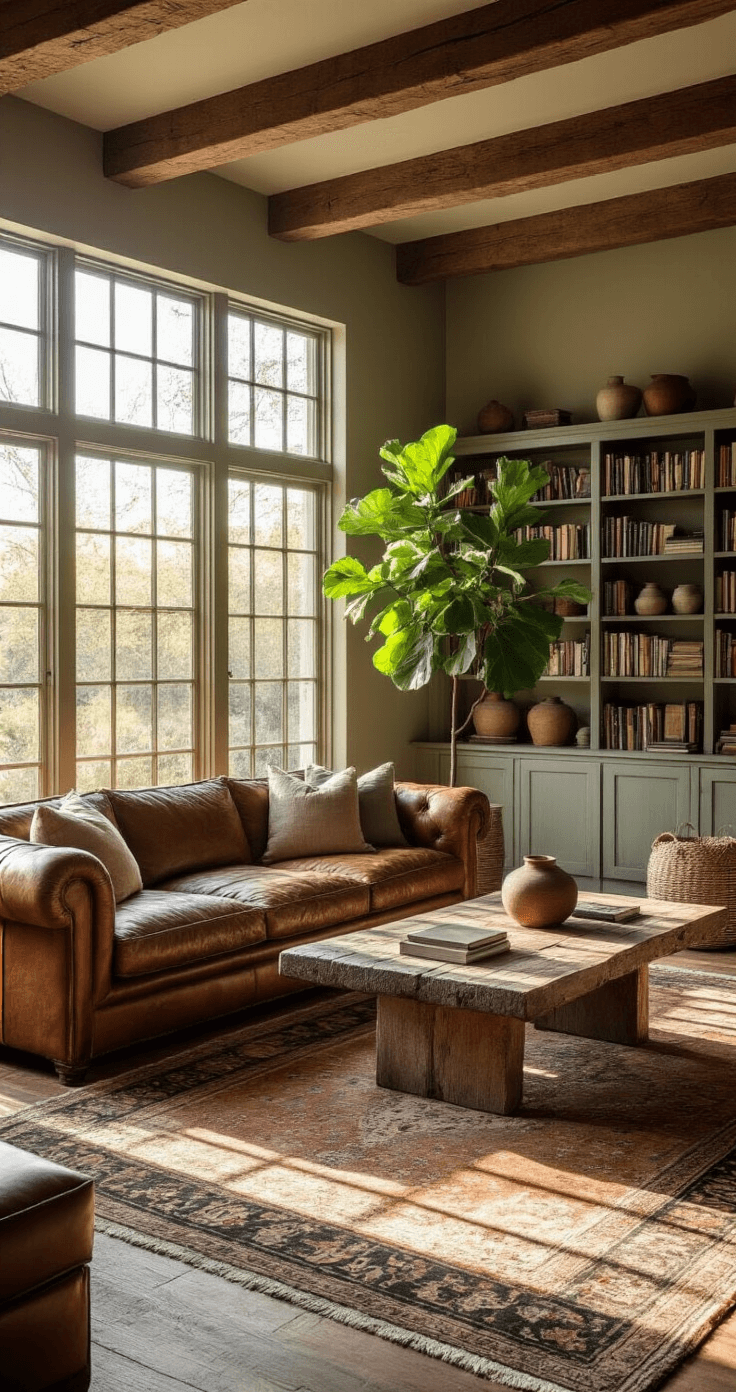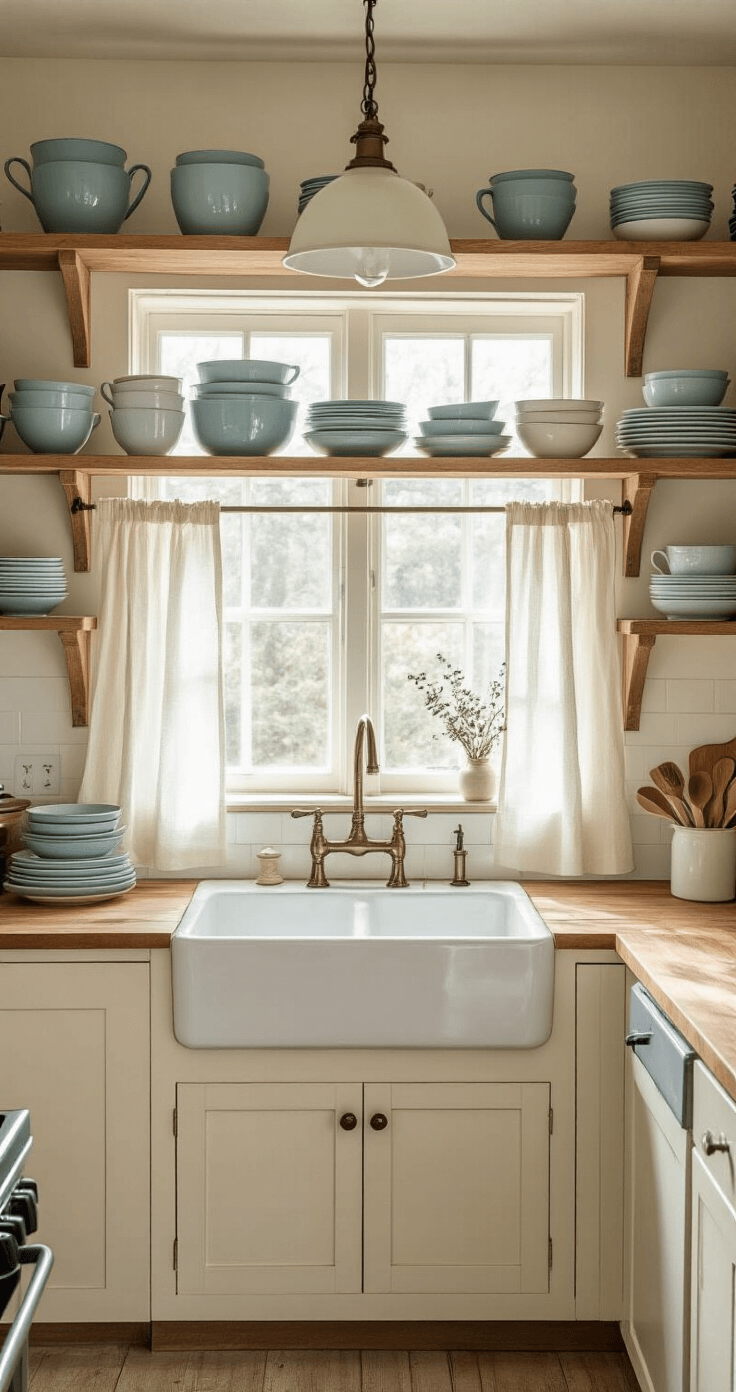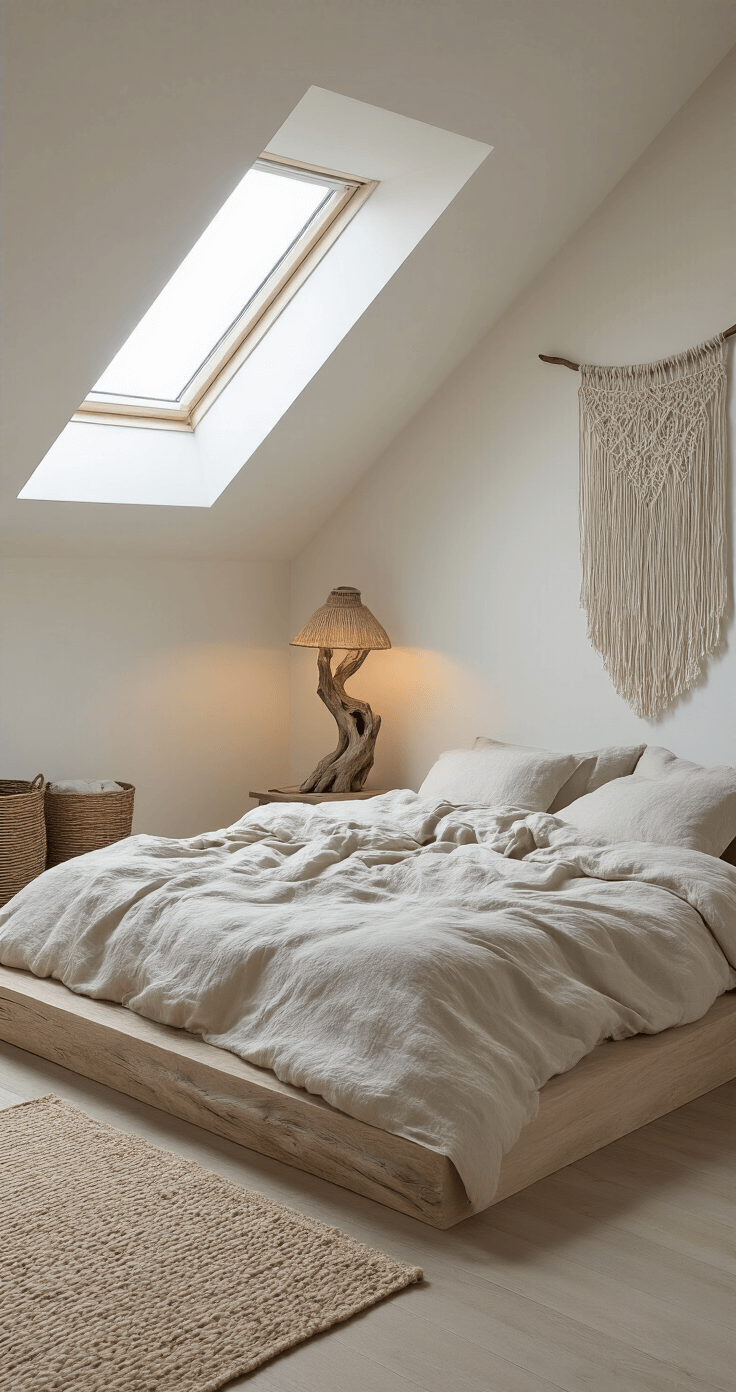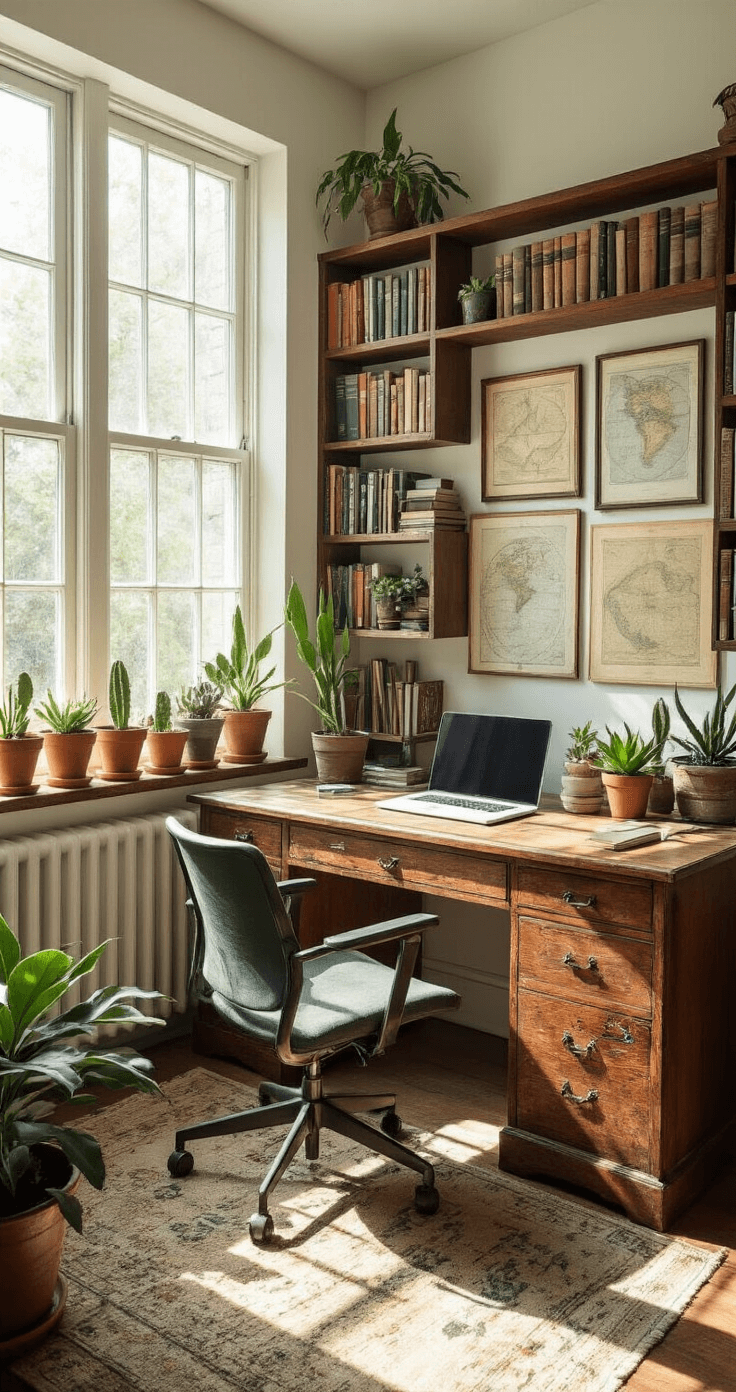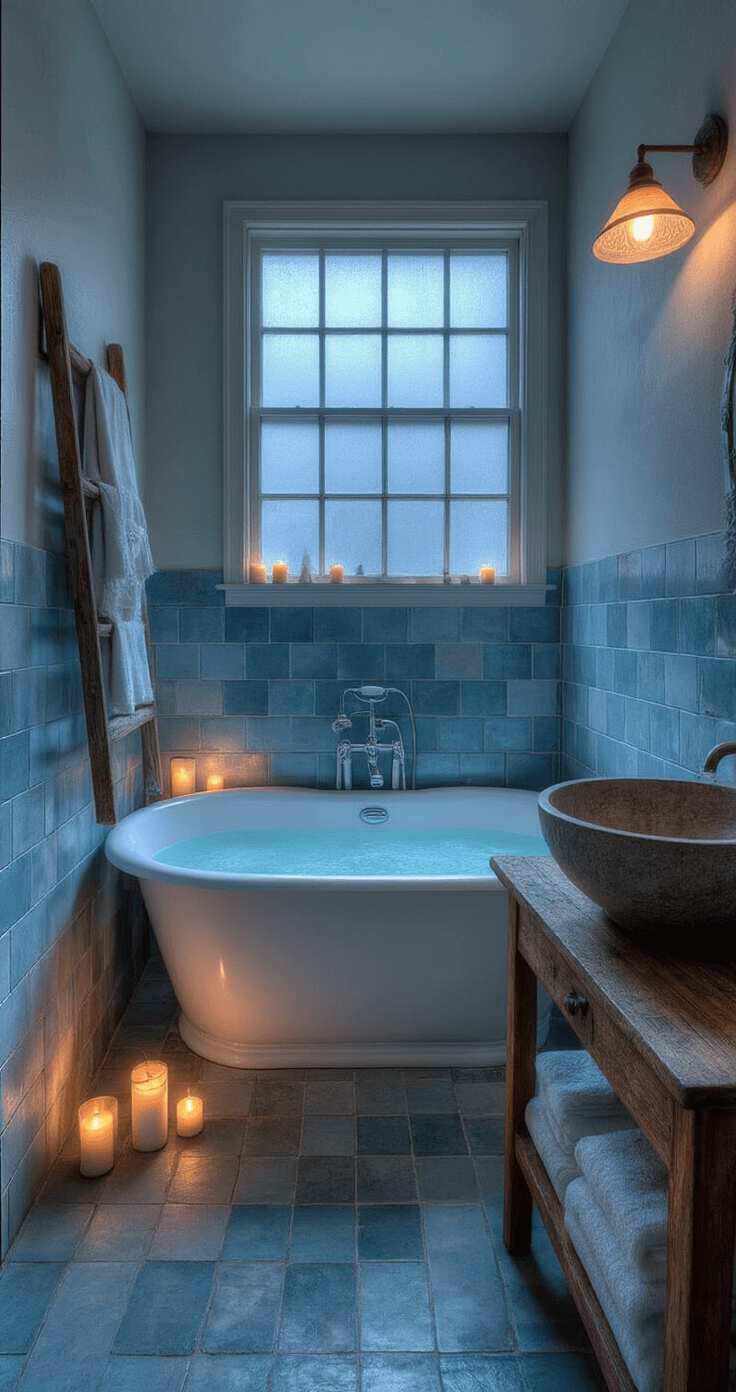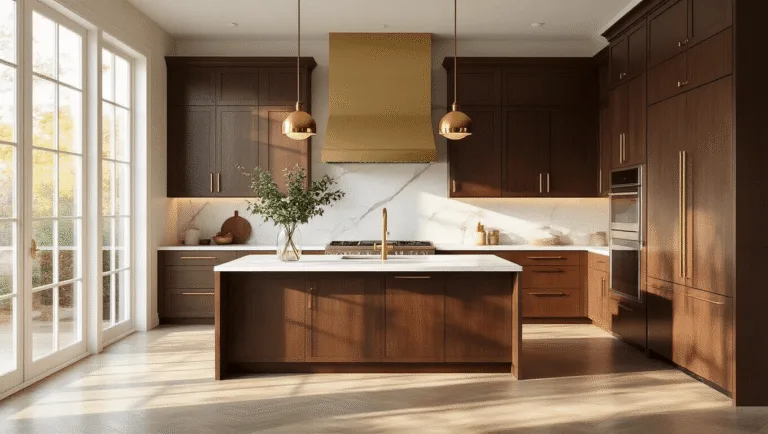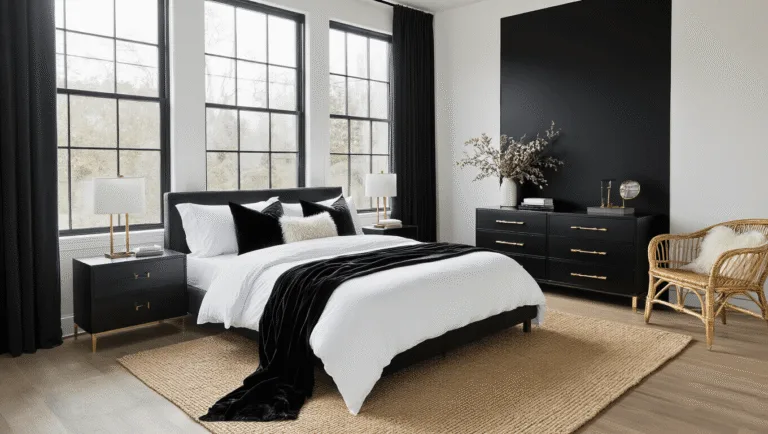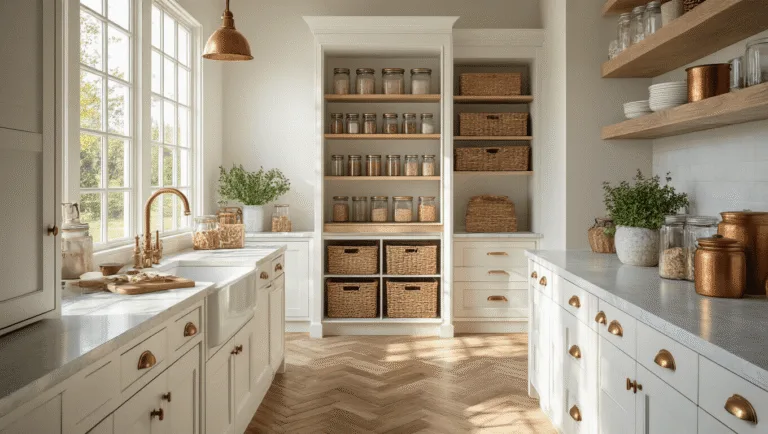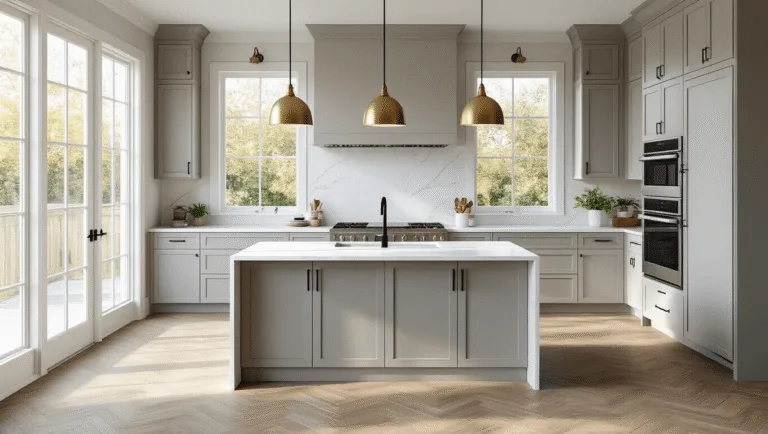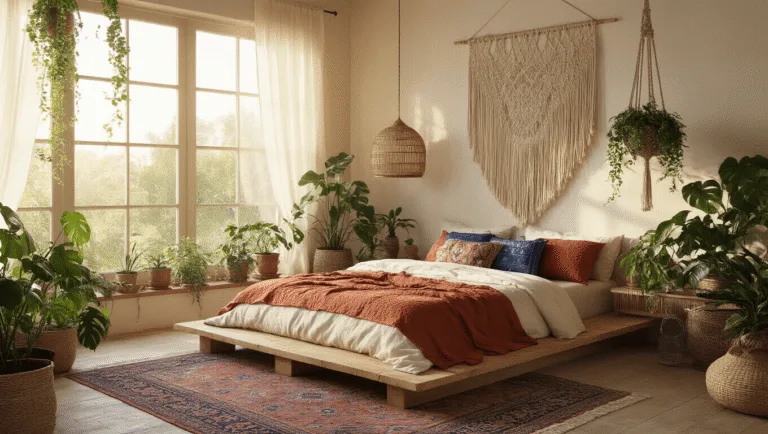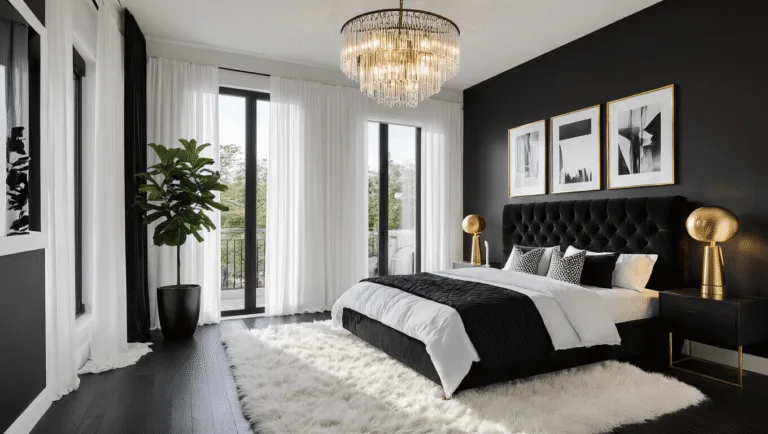This post may contain affiliate links. Please see my disclosure policy for details.
Wabi Sabi House: Embracing the Flaws
Contents
Ever felt like your home is just a bit too perfect? Too polished? Too… sterile?
Welcome to the world of Wabi Sabi, where imperfection isn’t just accepted – it’s celebrated!
I’ve been obsessed with this Japanese concept lately, and let me tell you, it’s a game-changer for home decor.
Wabi Sabi is all about finding beauty in the imperfect, the incomplete, and the impermanent.
It’s like giving your house permission to relax and just be itself.
No more stressing over that chip in your favorite mug or that scratch on your wooden table.
Those “flaws” are now part of your home’s unique story.
Ready to dive in? Let’s get our hands dirty (figuratively, of course) and explore how to bring some Wabi Sabi magic into your space.
The Essence of Wabi Sabi
Wabi Sabi isn’t just a design style; it’s a philosophy.
It’s about appreciating the natural cycle of growth, decay, and imperfection.
Think of it as the antidote to our Instagram-perfect world.
In Wabi Sabi, that crack in your vase? It’s not a flaw – it’s character.
That worn-out leather chair? It’s not old – it’s telling a story.
Key elements of Wabi Sabi include:
- Simplicity
- Naturalness
- Acceptance of transience
- Appreciation of imperfection
It’s like giving your home a big, comforting hug and saying, “You’re perfect just the way you are.”
Getting Started: The Wabi Sabi Makeover
Ready to Wabi Sabi-fy your space? Here’s how to begin:
1. Declutter, but keep the good stuff
First things first – let’s clear out the clutter.
But here’s the twist: instead of aiming for spotless perfection, we’re looking for meaningful simplicity.
Keep items that have a story, that show their age, or that bring you joy – even if they’re a bit worn.
That chipped teacup from your grandmother? Perfect. Keep it.
The mass-produced decorative items that don’t mean much to you? Time to let them go.
2. Embrace natural materials
Wabi Sabi loves anything that comes from the earth.
Think:
- Unfinished wood
- Raw stone
- Handmade ceramics
- Natural fibers like linen and cotton
These materials age beautifully, developing a patina over time that adds to their charm.
3. Let there be (natural) light
Ditch those harsh overhead lights.
Wabi Sabi thrives in soft, natural light.
Open those curtains wide and let the sunshine in.
For evenings, opt for warm, soft lighting from candles or salt lamps.
It’s all about creating a cozy, lived-in atmosphere.
4. Add some greenery (and don’t worry if it’s not perfect)
Plants are a Wabi Sabi staple.
They’re alive, they change, they’re imperfect – everything this philosophy loves.
Don’t stress if you’re not a green thumb.
A slightly droopy plant fits right in with the Wabi Sabi vibe.
5. Mix old and new
Wabi Sabi isn’t about living in the past.
It’s about appreciating the journey of time.
Mix vintage pieces with modern ones.
That sleek new sofa? Pair it with a weathered old coffee table.
The contrast is where the magic happens.
Color Me Wabi Sabi
When it comes to color, Wabi Sabi keeps things earthy and muted.
Think of the colors you’d find in nature:
- Soft greens
- Warm browns
- Muted blues
- Gentle grays
Avoid anything too bright or artificial-looking.
The goal is to create a calm, serene space that feels connected to the natural world.
Textures: The Heart of Wabi Sabi
If there’s one thing Wabi Sabi loves, it’s texture.
Rough, smooth, bumpy, soft – bring it all in!
Here are some textures to play with:
- Rough-hewn wood
- Nubby linen
- Smooth river stones
- Crackled ceramic glazes
- Woven baskets
The more varied the textures, the more interesting your space becomes.
It’s like creating a tactile adventure for your senses.
DIY Wabi Sabi: Getting Your Hands Dirty
Want to really embrace the Wabi Sabi spirit? Try your hand at some DIY projects.
Remember, perfection is not the goal here. It’s all about the process and the uniqueness of handmade items.
Some ideas to get you started:
1. Kintsugi: The art of beautiful repair
Got a broken plate or vase? Don’t toss it!
Try Kintsugi, the Japanese art of repairing broken pottery with gold.
It’s a beautiful way to give new life to broken items and a perfect embodiment of Wabi Sabi principles.

